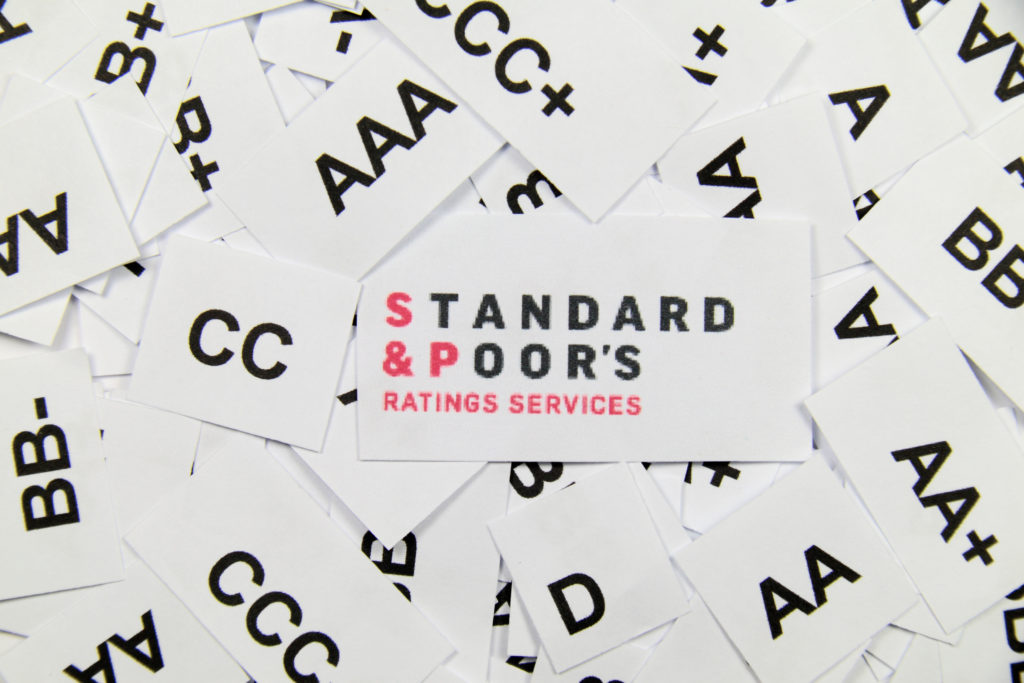NUR-SULTAN
The international rating agency S&P has affirmed Kazakhstan’s sovereign credit rating at ‘BBB-‘ with a Stable outlook.
According to S&P analysts, the key factors supporting Kazakhstan’s rating are robust fiscal and external reserves, while the floating exchange rate regime helped the economy adapt to external pressures from the 2020 oil shock.
“Gradual fiscal consolidation, implementation of a fiscal rule limiting the number of transfers from the National Fund to the budget, and an increase in oil production will help strengthen Kazakhstan’s external position,” S&P said.
According to S&P, in 2021 inflation will be 8.5 percent, which reflects the ongoing stimulating fiscal policy, higher prices for imported goods, as well as the early withdrawal of pension savings by citizens.
The agency said that the increased transparency on the part of the National Bank, in particular, the publication of foreign exchange transactions of the National Fund, the joint work of the National Bank with the Finance Ministry to build a yield curve, the separation of financial regulation functions from the powers of the National Bank, increase confidence in the monetary policy being pursued.
The implementation of the National Bank’s plans to withdraw from the programmes to support the economy until 2025 will help increase its efficiency, the agency said.
According to S&P forecasts, the growth rate of Kazakhstan’s economy will amount to 3.5 percent in 2021 and will be supported by the growth of the non-oil sector, the recovery of economic activity due to the easing of restrictions, the growth of investments, and the recovery of business activity in the countries-main trading partners.
Kazakhstan’s economy returned to growth in the first half of 2021 after months of contraction supported by the strong performance in manufacturing, pharmaceuticals, construction and the production of construction materials.
The Central Asian’s country’s Gross Domestic Product (GDP) grew by 2.3 percent year-on-year in January-June, the National Statistics Bureau said last month, after a contraction of 1.4 percent in the first quarter. Construction rose by 11.9 percent, boosted by the new opportunity to finance housing construction from surplus pension savings, agriculture – by 3.2 percent, manufacturing – by 2.9 percent.

